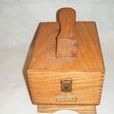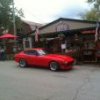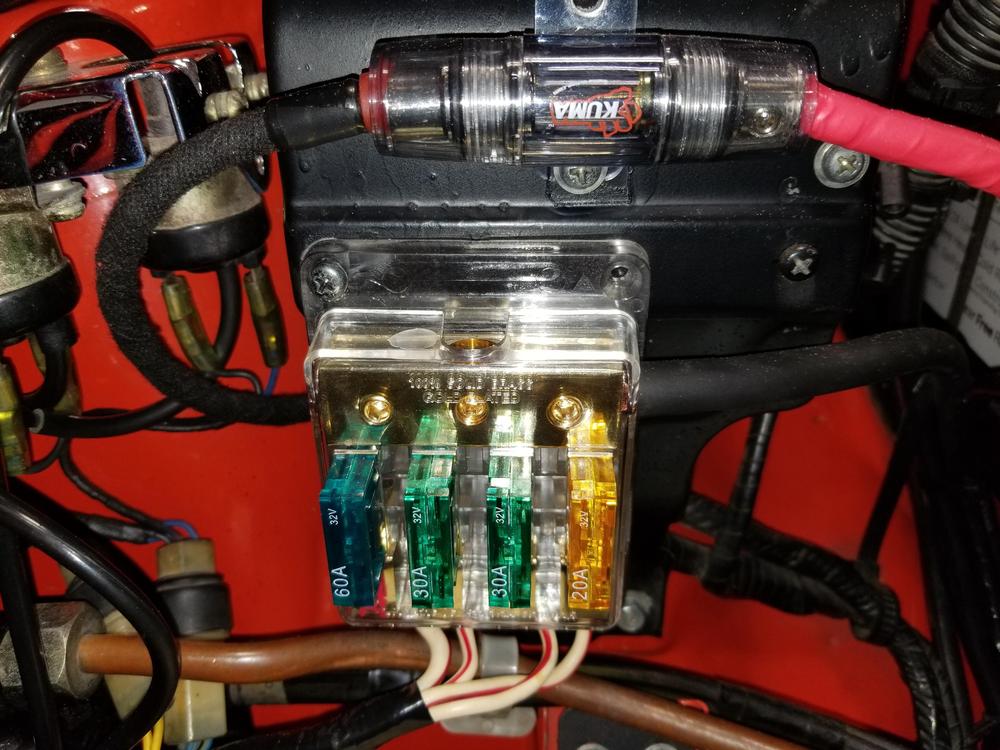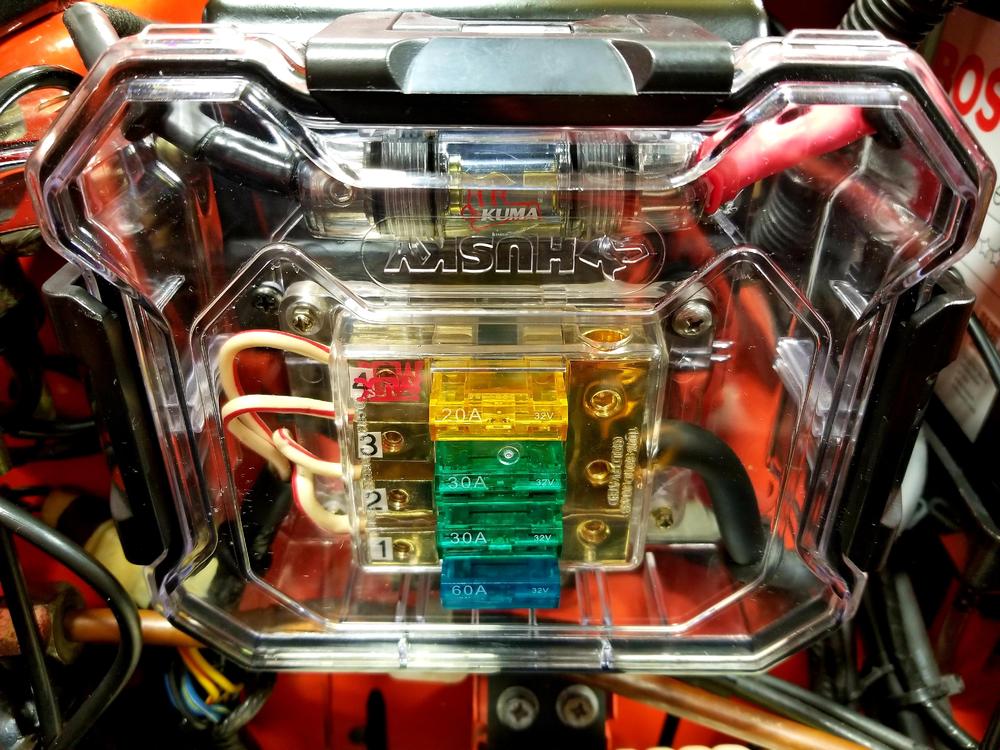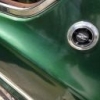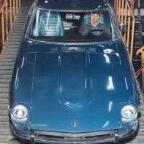So are you stating categorically that nobody said it, or are you stating that the L20 six was not the six cylinder engine first slated for the 'Maru Z'/'270KK' project? As I asked before (rhetorically...), how could anyone - let alone Katayama - have specifically requested the L20A or L24 when they didn't even exist at that point? And why are you apparently so scared to consider that the 'old' L20 six was part of the design and engineering process? What's the problem with that?
Which "existing 4 cylinder block" was that?
Twin carb versions of the C130-series Cedric were never dropped and the 'old' L20 six - with progressive updates and improvements in materials - was produced and sold well into 1970. This is one of the casualties of a poor non-technical translation of the Hiroshi Iida interview in Nos Hero and a lack of understanding of the Japanese market models.
Of course, what you're doing is setting out your stall to paint the L20 six as 'bad' and the L16/L24 as 'good'. Because...
Ah, here it is. L16 being portrayed as genesis with no mention of the L13. Because...
Katayama Lore ahoy!
When did Katayama know the L24 was "coming", Carl? Got a date for that?
And we have the old "L16 for America" nonsense in there too. The L16 - designed along with the L13 - was part of the L-gata modular series that was used in the Japanese market, later to include the L14, L15 and L18. The L16 was not "for America", it was for Nissan, and the Japanese market got it too. Katayama was not "responsible for getting the L16 designed", he was simply lobbying for more power, more flexibility and better driveability, which was what the Japanese market also wanted. He was not creating particular bore and stroke combinations.
You're painting the L20 six as some kind of failure. What does "short lived" mean? It was in production for a good five years and used for export markets as well as domestic. Being the very first Nissan 'L-gata' OHC design it was due for updating by 1969, which was a natural process and made sense for ongoing commonalisation of componentry, installations and servicing. You're drawing an arbitrary line in the middle of a normal progression.
Like they did with - for example - the C10-series Skyline? It debuted in short-nose form (G15 4cyl engine) in July 1967, with the L20 six - yes, the 'bad' one, following in September 1968 with the debut of the GC10 models. At one point Nissan was selling C10-series Skylines with both the 'old' L20 six and the updated L20A in the C10-series Skyline lineup, with the 'A' suffix added to avoid confusion between the two types.
So, far from Nissan not "planning on using an engine that was going out of production", they did just that very thing on the C10-series Skyline. C10-series Skyline production during its 1967 through 1972 life was knocking on the door of half a million units.
The first six cylinder engine slated for the 'Maru Z'/'270KK' project - which would become the S30-series Z - can only have been the 'old' L20 six, because that's all that existed at the time. It was soon joined by the S20 and, by the time the project matured, the L20 had progressed - naturally - to its updated L20A type form. Unless we look at what else Nissan was designing and producing during the same period we will never fully understand the S30-series Z.





